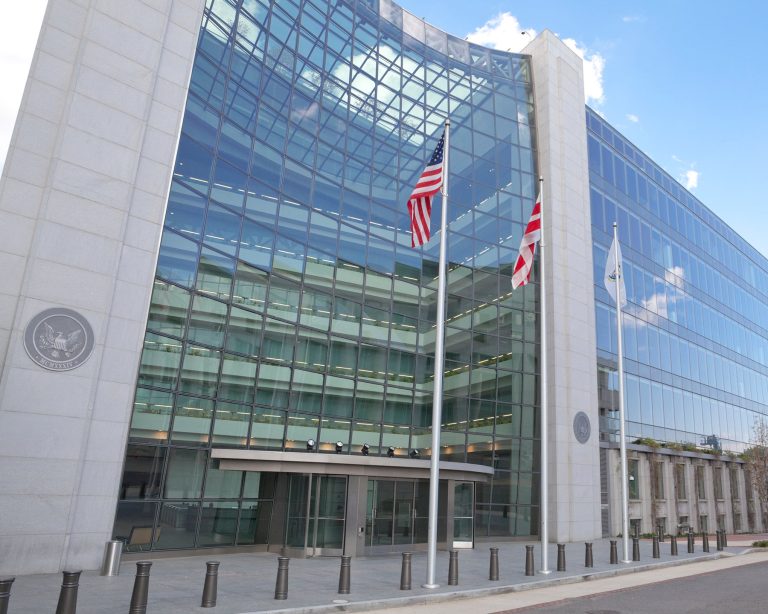Every year the Securities and Exchange Commission (SEC) releases their examination priorities, highlighting key focus areas the division intends to act upon over the next 12 months. And every year, compliance professionals serving in the financial landscape (including Broker Dealers, Investment Advisers, Hedge Funds and more) eagerly await the release, combing through the 15 or so page document to decipher what, if any implication, it has on their compliance program and their firm at large. And this year was no different. With the release of the 2022 SEC exam priorities, firms got a glimpse into specific compliance pain points the SEC examination program will bring into laser focus.
As a quick recap, the exam priorities included five main focus areas:
- Information security and operational resources.
- Cryptocurrency/digital assets.
- Environmental, Social and Governances (ESG).
- Private funds.
- Standards of conduct.
Check out the full 2022 SEC exam priorities in our downloadable infographic.
But how exactly will the SEC’s priorities impact your financial firm and what can you do to protect against becoming yet another statistic in the FY 2022 SEC enforcement action review?
How firms can address the 2022 SEC exam priorities
The 2022 SEC exam priorities indicate just how rapidly the regulatory compliance space is evolving, both in terms of the quantity of Investment Advisor and Broker Dealer firms in the market and the types of risk they face. With such a rapid pace of evolution, it can be easy for compliance programs not equipped with the right support to fall behind. So, what can you do?
Lean into the three tenets of compliance: culture, education and technology.
- Culture: Compliance is no longer a one-man sport. In fact, unless it becomes a firm-wide priority, you may be hard pressed to fully mitigate risk. However, creating and leveraging a culture of compliance requires more than just a generic Code of Ethics that gets brushed off once a year. Firms actively working to drive a compliance-focused culture require:
- Support from leadership.
- Enterprise alignment.
- Consistent onboarding and training.
- Ongoing support and incentives.
- Scalable processes.
- Education: As was made clear by the numerous rules proposals over the last year, compliance is an evolving landscape. And as such, it requires a continued dedication to educating yourself and your financial firm’s employees. After all, you can’t mitigate risk if you don’t fully understand the potential threats in the marketplace.
- Technology: In today’s regulatory environment, it is no longer feasible to rely solely on manual processes or outdated, under resourced technology. An advanced compliance program requires an accurate, reliable compliance technology. One that can remove the burden of the time-consuming, detailed work that takes up so much of your day. And when you do invest in the right technology? You’re time is suddenly freed up to focus on things like:
- Implementing a firm–wide compliance education program.
- Addressing proposed SEC rulings.
- Staying on track for your annual review requirements.
The 2022 SEC exam priorities indicate the path forward for the entire compliance industry. Understanding how you can address new priorities in an ever-evolving landscape may seem like a tall order, but with the right culture, education and a technology to back it all up, you can keep mitigating risk for years to come.
Download the complete 2022 CCO Playbook for more tactical strategies to address the evolving regulatory landscape.
